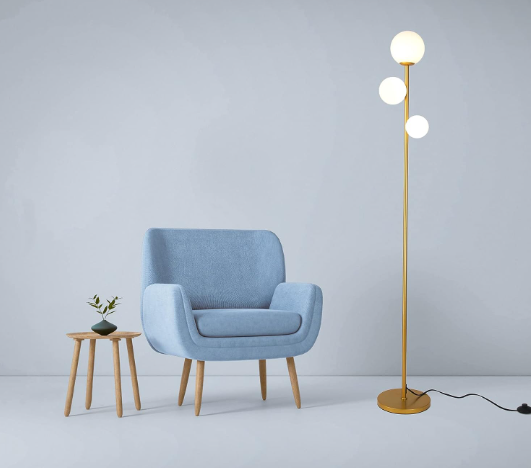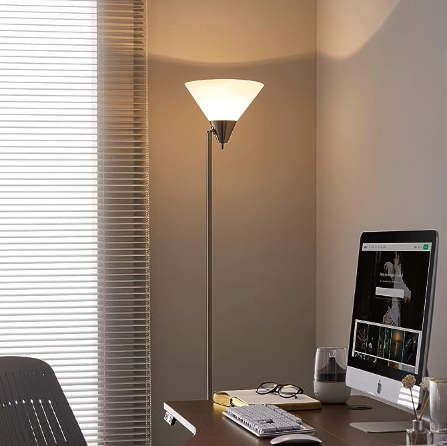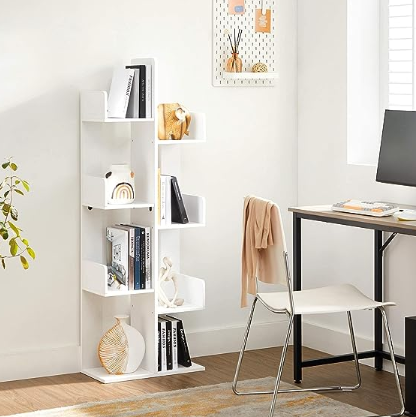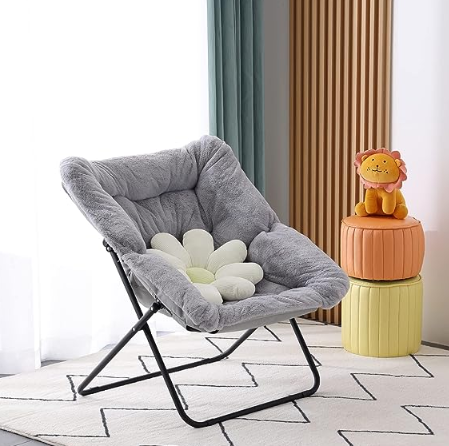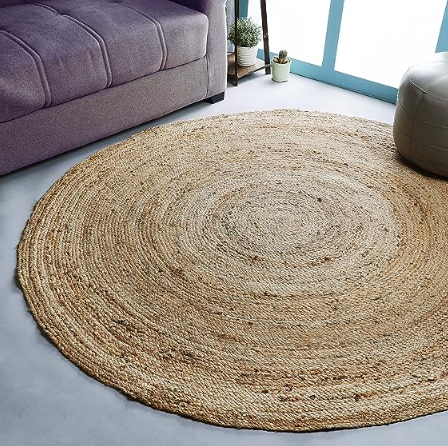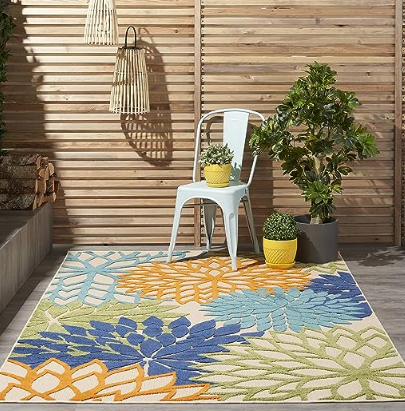How to Maximize the Use of a Small Workspace

Great Lighting Design in Your Living Room Can Instantly Double the Texture and Overall Ambiance
May 23, 2025
How to Choose the Right Carpet Color
May 23, 2025Remote work is here to stay after the pandemic. Although many people have started working from home (at least a few days a week), they don’t necessarily adapt their office space to accommodate new ways of working.
Many people are working from home and there is no extra room to convert into a dedicated office space; As a result, we’re seeing the rise of multi-purpose rooms, where home offices are housed in less traditional spaces. Sacrificing space doesn’t mean sacrificing functionality, though. Here are some pro tips for creating a comfortable and organized home office in a small space.
Why are home offices shrinking?
New homes tend to be smaller, leaving less space for traditional offices. Renters may not have enough space to set up a full office space, and those who work from home a few days a week may not need an entire office.
Brian Juedes, Vice President of Product Design at Taylor Morrison, said: “While historically home offices were 10 x 10, today’s home office spaces are evolving and can be much smaller. These home office spaces typically range in size from 10 to 70 square feet. Surveys show that today’s buyers prefer these more comfortable spaces. ”
A smaller space can also be just as functional as a full office – it may take a little creativity, but the right setup can help you be more productive and organized.
“As homes shrink overall, homeowners are looking for ways to use every space in their homes more efficiently,” Juedes said. “We tend to understand the concept as ‘more features per square foot.”
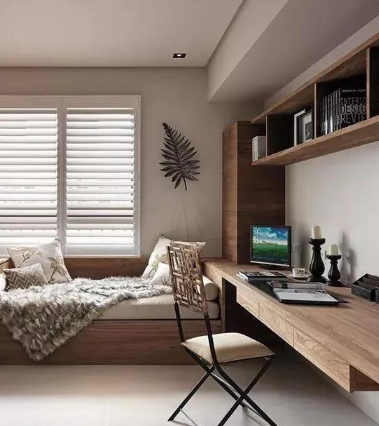
How to get the most out of your huddle office
Even if your home office shares a room with your home gym, extra bedroom, or living room, one of the best ways to make it feel like a separate space is to divide the room into different areas to protect privacy and remain separate. This can be as simple as laying a rug under your desk or creating a visual effect of the wall with furniture.
“Furniture can help divide the different spaces within a room,” says Juedes. “For example, instead of placing a sofa or sectional sofa against a wall, move the chairs and divide the workspace between the working and social spaces.”
Most offices need shelves or cabinets to keep things organized, and you can put them to good use. For example, if your desk is in the corner of the room, you can place shelves or filing cabinets a few feet behind it to separate your work area from the rest of the room.
However, to avoid crowding the space, small furniture should be chosen whenever possible. Juedes advises that when working in tight spaces, functionality takes precedence over aesthetics. This means that if you primarily use your laptop, you can set up a smaller desk, or replace a large bookcase with a small bookshelf. Small offices can also benefit from versatile furniture, such as desks with built-in shelves or drawers for storing items.
Location is key
Even in tight spaces, location is crucial. The location of the office may depend on the location of the outlets, or the location of the home router. But you should also try to place your office in a well-lit, comfortable place.
“While some natural light is needed, it’s best to place the windows on the side or in front of the table, not behind it, to avoid glare from computer screens and face shadows on video conferences,” Juedes said.
No matter where you choose to set up your home office, a small space can be just as functional as a traditional home office. By making the most of a small office, you can use the space saved to add additional functionality to your home.

